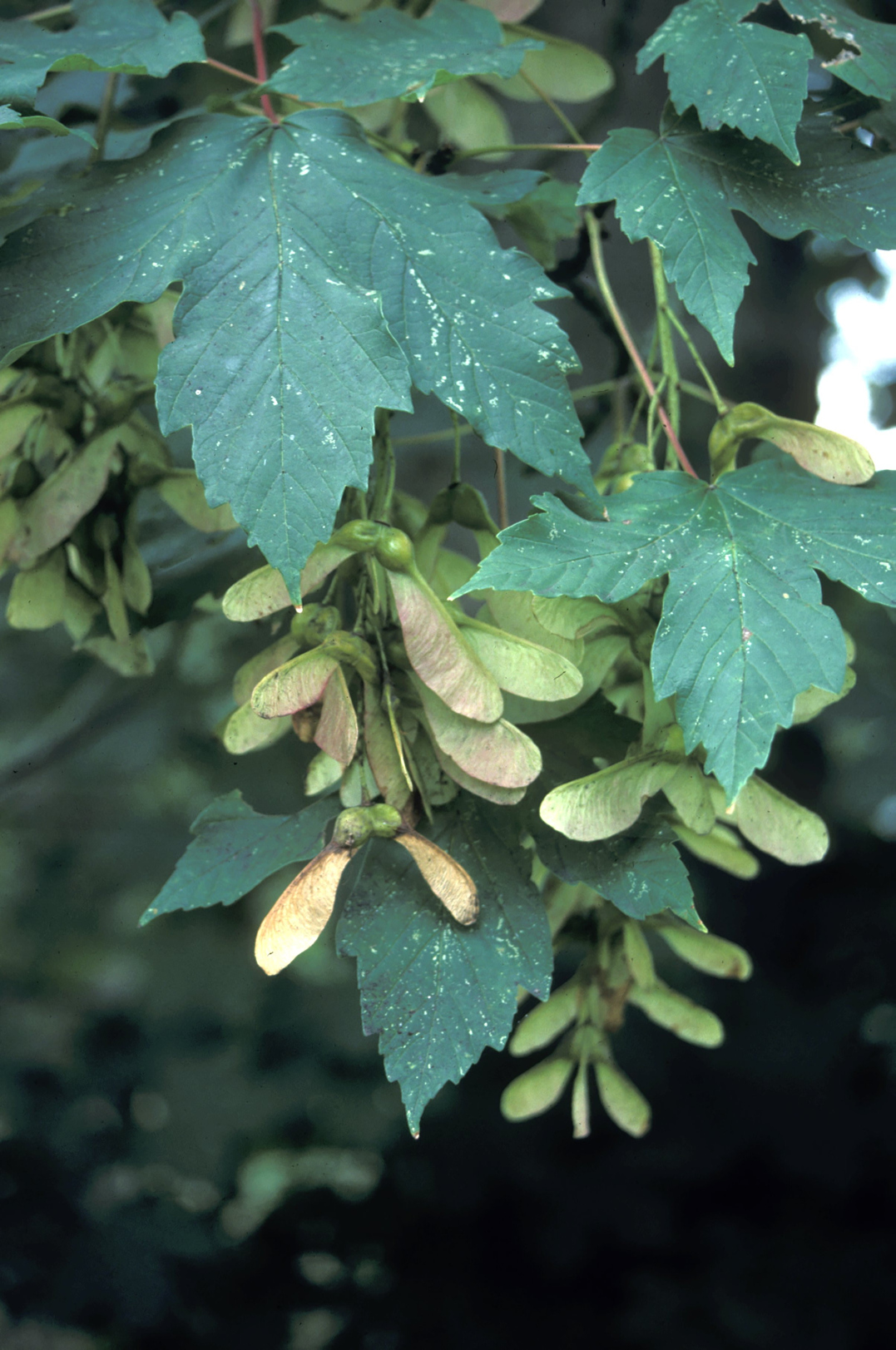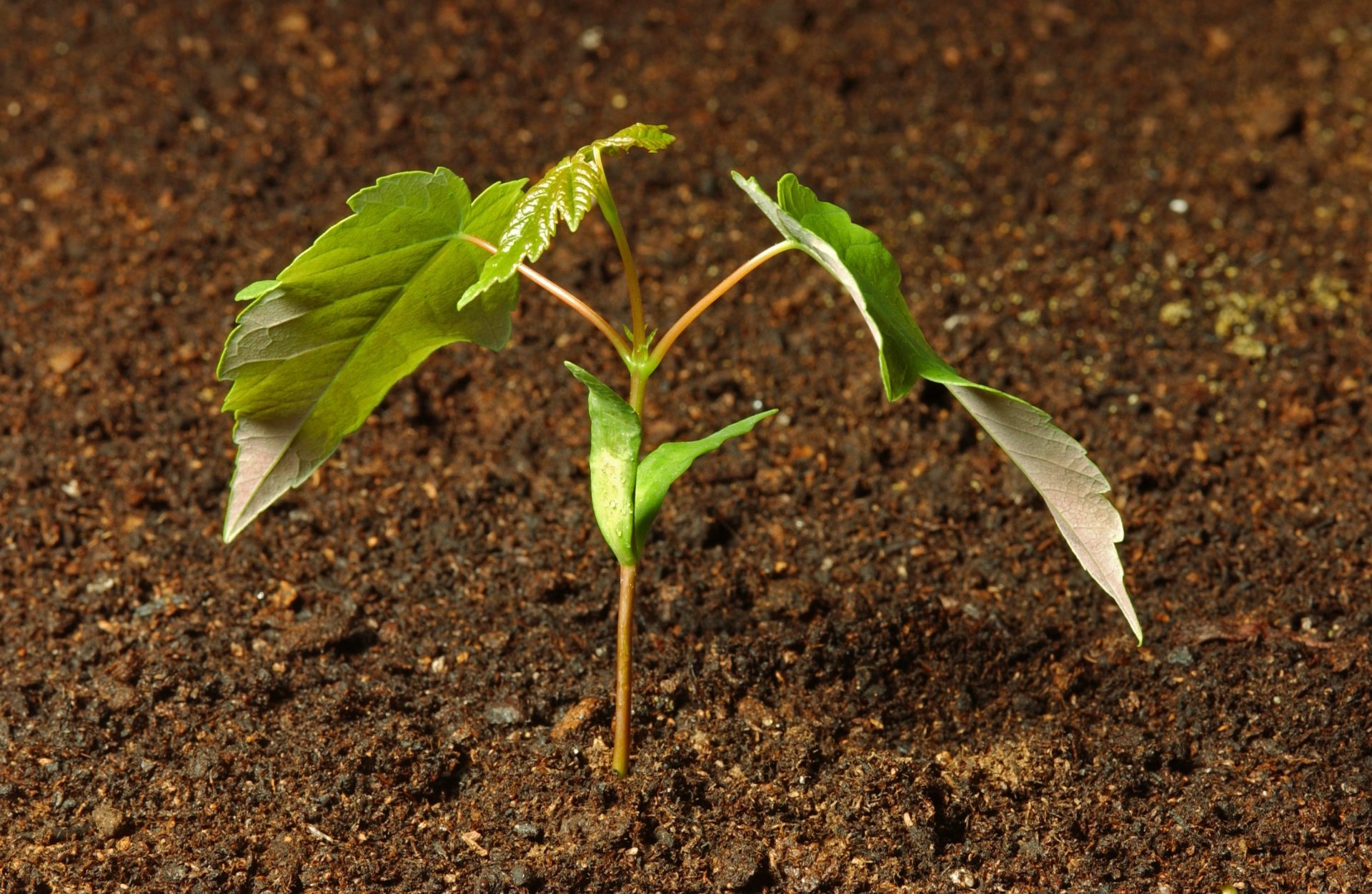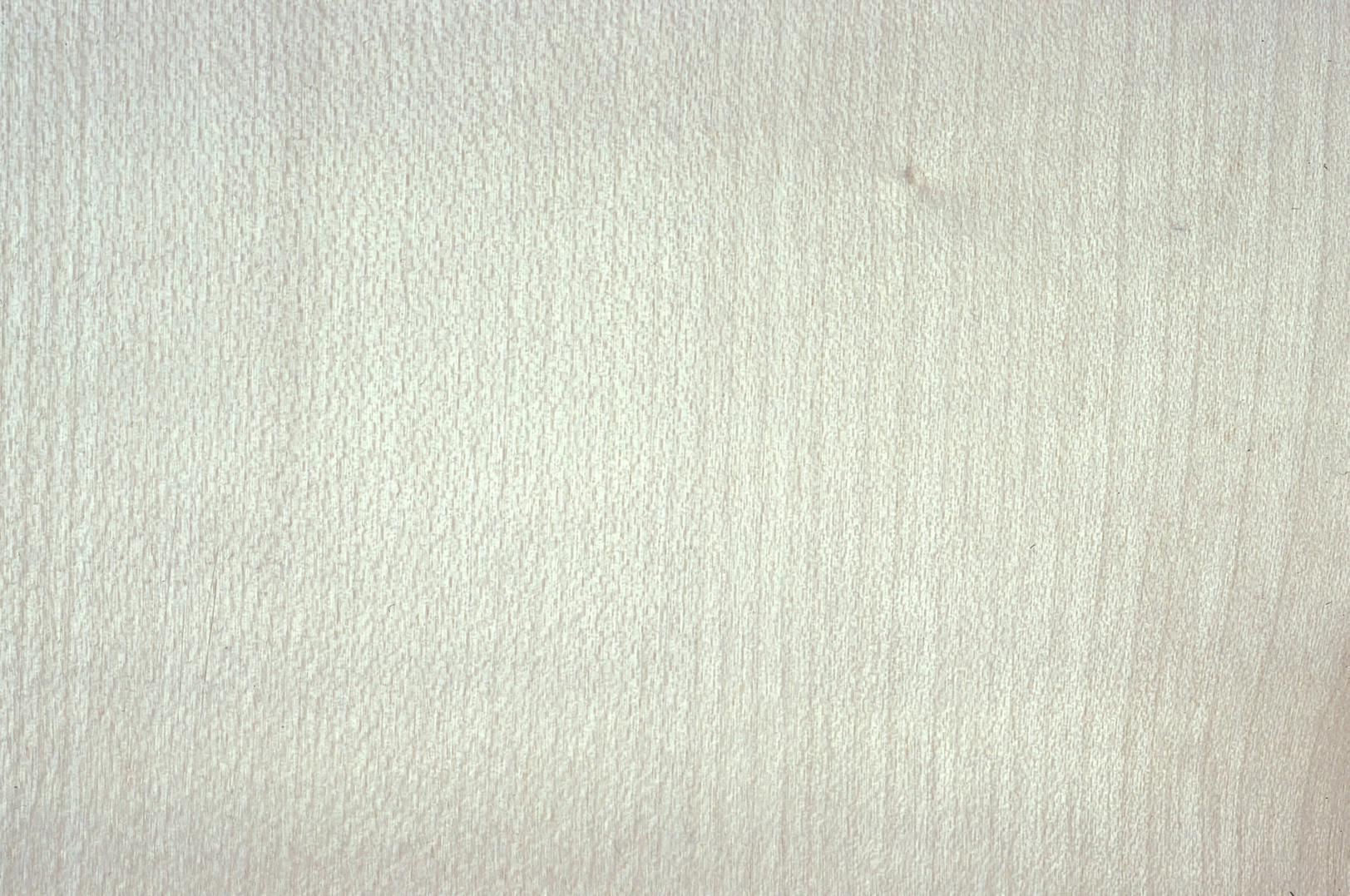Sycamore (SY)
The sycamore is a large fast-growing deciduous tree to 30 m+ height with a broad native range. An early introduction to Britain with discussion ongoing as to when – mid 1500 s or possibly earlier – it is now widely naturalised in northern Europe and Britain.
A pioneer species adapted to many site conditions found in mixed stands, small plantations, shelterbelts or as individuals in the wider landscape. In the past a much-maligned species based on its non-native status and ability to regenerate frequently and prolifically where not wanted. There is a growing realisation that Sycamore has several benefits both ecologically and as a species for future forest resilience. It is a species that is here to stay and an important component of our woodland and countryside.
Sycamore is categorised as a principal tree species. These are tree species where silvicultural knowledge provides confidence to enable successful deployment across Britain. The species are either already widely used or are increasing in usage. They will continue to be important unless affected by a new pest or disease or become adversely affected by climate change.





Range
Native to mountainous areas of central, eastern, and southern Europe, Caucasus, and northern Asia Minor.
Provenance Choice
Material from good quality British stands or selected stands in western Europe should be preferred.
Site Requirements
Sycamore typically grows on a wide range of soils but does best on deep, fresh to moist free-draining soils of medium to rich nutrient status with a pH range 5.5-7.5. It is not suited to heavy clays and poor sandy soils and does not tolerate waterlogging and flooding and is drought sensitive. Tolerant of exposure but best suited to sheltered sites, cold hardy and tolerant of salt spray and air pollution, therefore suited to all climatic regions of Britain from sea level to over 500 m asl.
Further detail on the site requirements of sycamore fir in current and future climates can be examined using the Forest Research Ecological Site Classification Decision Support System (ESC).
ECOLOGICAL SITE CLASSIFICATION TOOL
Silviculture
Sycamore as a pioneer species will regenerate freely and prolifically if conditions suit. The seed are wind dispersed with seed bearing starting between about ages 25 and 30 with mast years on a two-to-three-year cycle. It is shade tolerant when young but is a light demander as trees reach pole stage and then require plenty of light. This ability to regenerate freely can be a positive trait particularly for continuous cover forestry systems but considered invasive if not required.
When planting sycamore transplants should be sturdy and well balanced, with a good fibrous root system. A recommended spacing is 2 x 1.5 m: 3300 plants per ha. Sycamore is a very easy tree to establish and if plants are treated correctly can be planted from late autumn to spring. Trees will need early protection from browsing animals in the form of fencing or in tubes in which they respond well. Sycamore is intolerant of early weed competition particularly from grass, so a good chemical weeding regime is essential.
Sycamore can be used in mixtures with both broadleaved and conifers with larch and beech suitable companions. It can also be planted in pure stands.
Thinning should commence around 12 m in height as a heavy crown thinning to favour final crop trees. Subsequent thinning should be undertaken as required to maintain crown density. Ideally understory trees should be retained where possible to reduce epicormic growth. As with many broadleaved species regular formative pruning to remove forks or lower branches can enhance the overall value of any timber.
Depending on site suitability a yield class of between 4 and 12 can be achieved which corresponds to a rotation of 50 to 90 years.
The main issue with growing sycamore as a successful forest crop is squirrels. The grey squirrel has a marked preference for sycamore over most other broadleaved species and a crop can be severely damaged from an early age.
Pests and Pathogens
Various foliar pathogens frequently affect sycamore including leaf spot (Cristularia depraedans) and tar spot (Rhytisma acerinum), but all are considered conspicuous but relatively unimportant. Potentially more damaging are sooty bark (Cryptostroma corticale), Phytophthora and Verticillium wilt. Sooty bark disease becomes evident after episodes of prolonged hot weather, causing partial or total wilting of the crown and mortality.
Pulvinaria regalis (horse chestnut scale) is one of the most conspicuous pests of sycamore, although generally considered to be a problem of trees under stress due to lack of water or nutrients.
Sycamore can suffer severe damage from bark stripping by grey squirrels.
See our other tools and resources
Further Resources
Internal
In addition to the general sources of information for species the following are useful for sycamore.
Evans, J. (1984) Silviculture of broadleaved woodland. Forestry Commission, Bulletin 62. HMSO
Kerr, G. and Evans, J. (1993) Growing broadleaves for timber. Forestry Commission, Handbook 9. HMSO
External
In addition to the general sources of information for species the following are useful for sycamore.
Hein, S.; Collet, C.; Ammer, C.; Le Goff, N.; Skovsgaard, J.P.; Savill, P. (2009): A review on growth and stand dynamics of sycamore (Acer pseudoplatanus L.) in Europe: implications for silviculture. Forestry.
Leslie, A. (2024). Best practice prescriptions for propagating and establishing sycamore (Acer pseudoplatanus) for timber production. Monograph. Future Trees Trust, Coleshill, SN7 6PT. www.futuretrees.org.
Pasta, S., de Rigo, D., Caudullo, G., 2016. Acer pseudoplatanus in Europe: distribution, habitat, usage, and threats. In: San-Miguel[1]Ayanz, J., de Rigo, D., Caudullo, G., Houston Durrant, T., Mauri, A. (Eds.), European Atlas of Forest Tree Species. Publ. Off. EU, Luxembourg, pp. e01665a+




